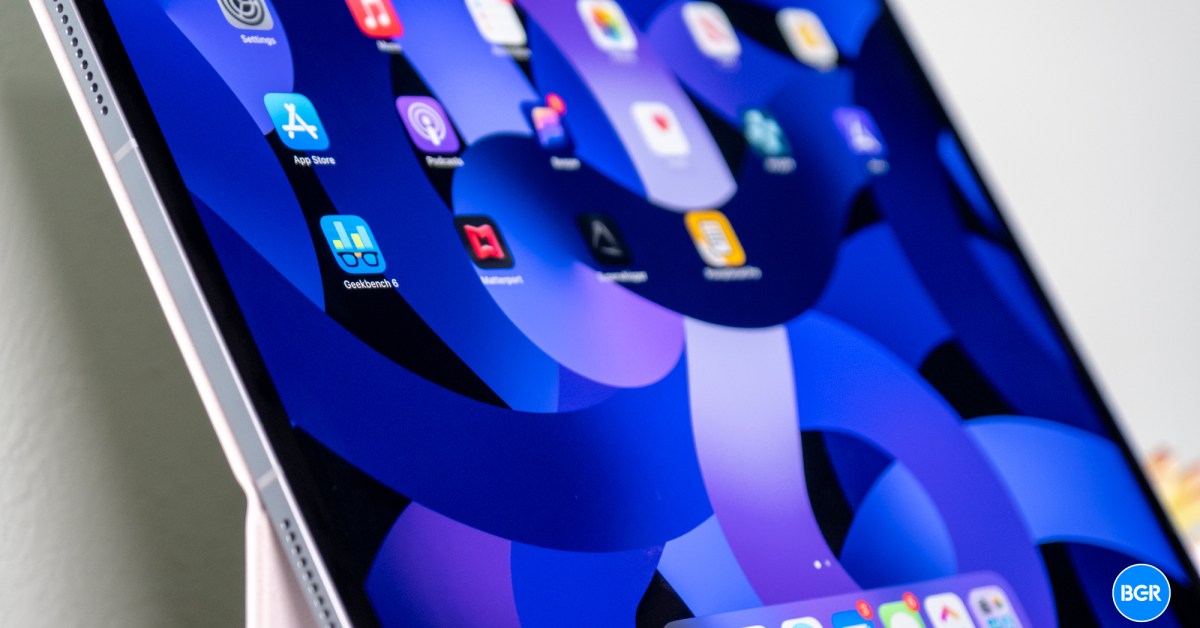
Here’s why Apple’s huge iOS 19 redesign is even more important than you think
- 17.03.2025 15:13
- bgr.com
- Keywords: AI, Apple
Apple is planning a major overhaul of iOS, iPadOS, and macOS, inspired by visionOS, to simplify and enhance user interaction. This redesign aims to prepare for future foldable devices like the foldable iPad, with changes focusing on interface, functionality, and adaptability to AI-driven experiences. The updates will likely take years to fully realize but are crucial for Apple's ambitious hardware plans.